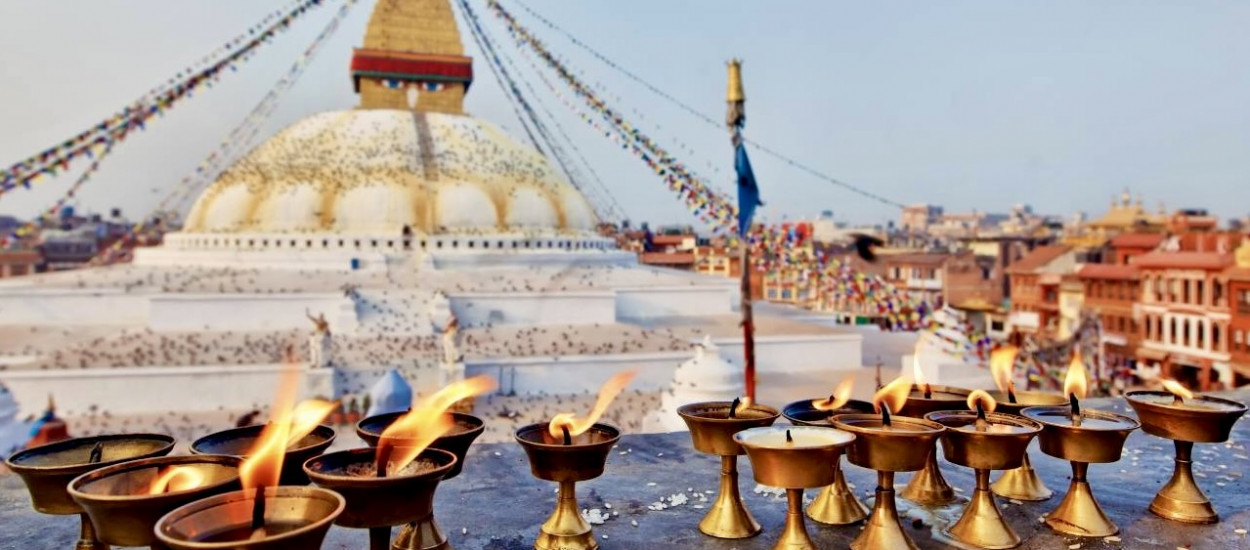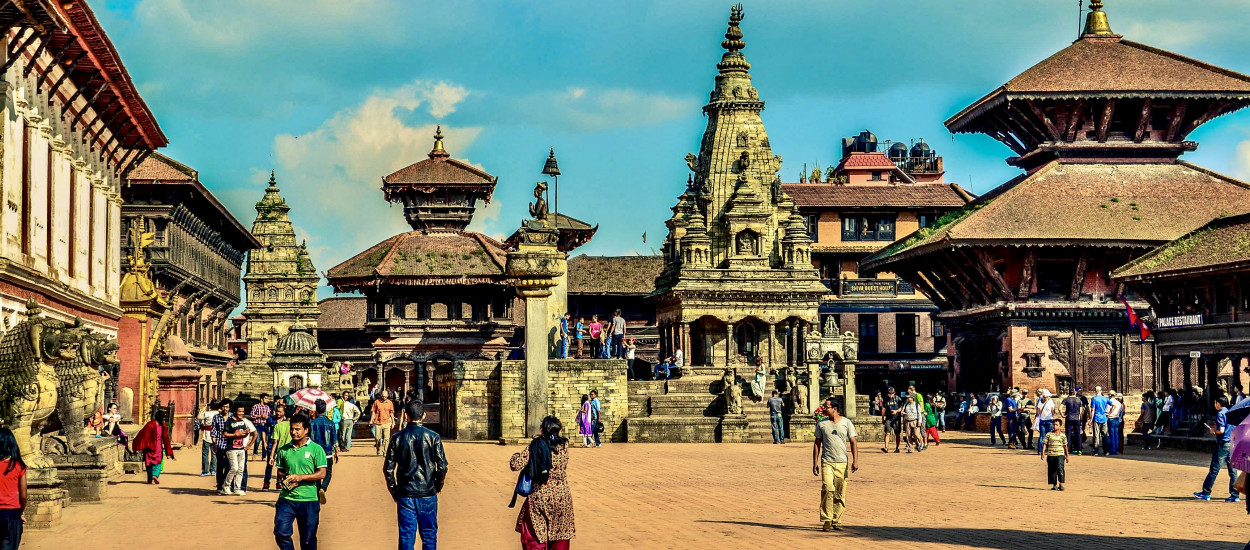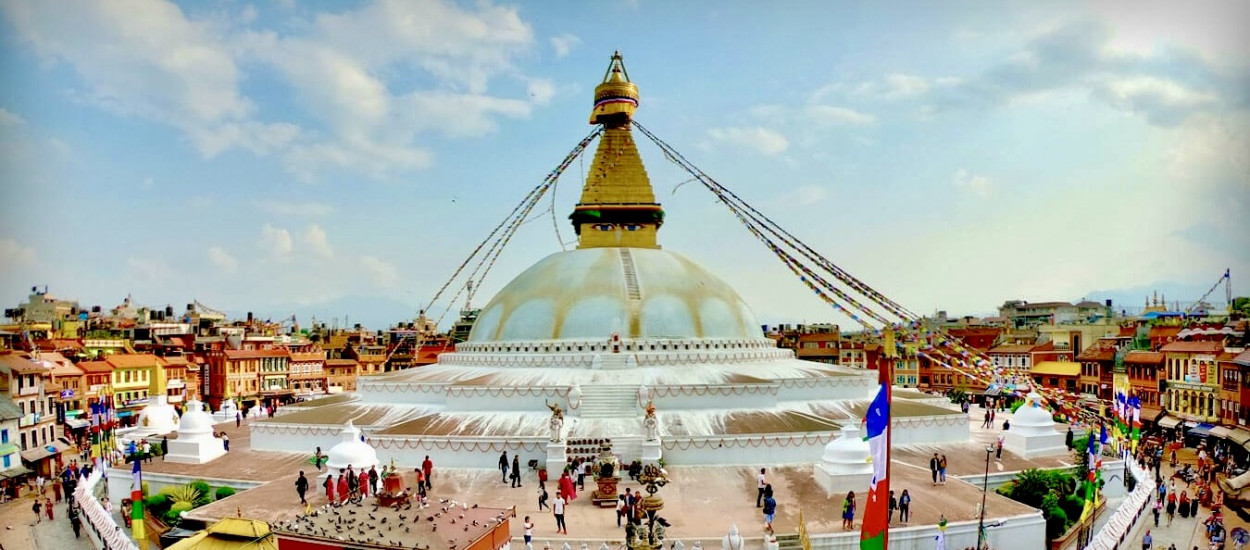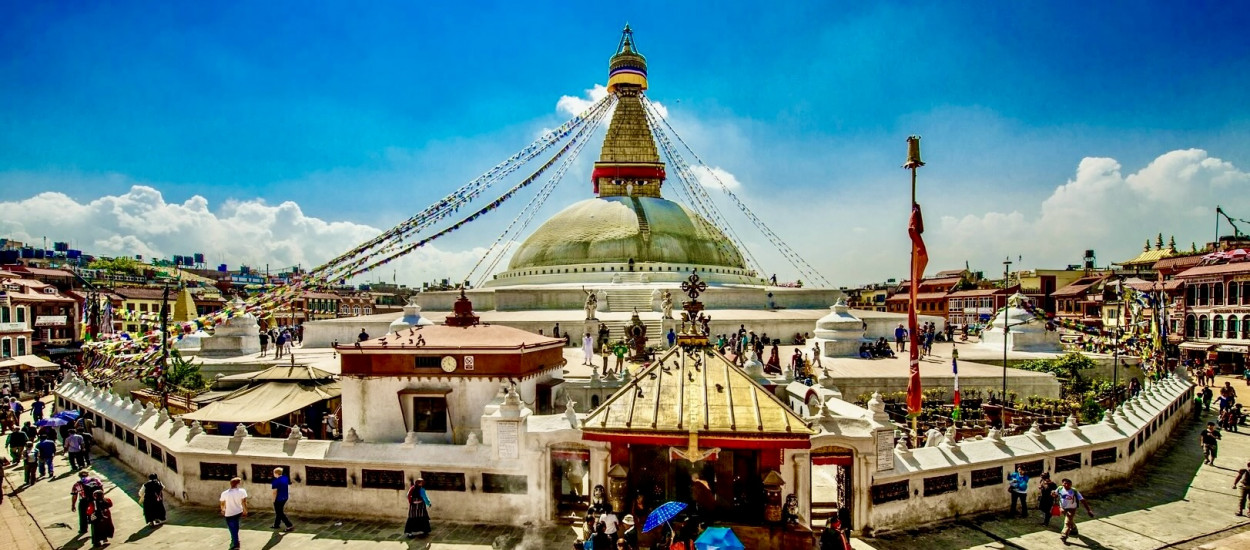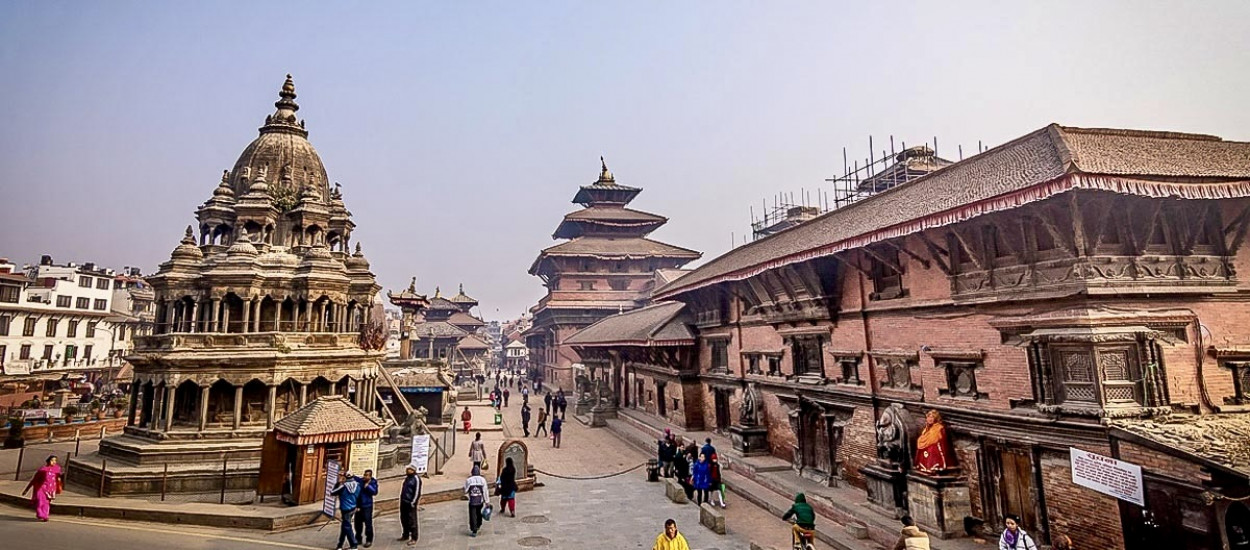Overview
Discover Kathmandu's UNESCO Treasures: 7 Heritage Tour with Relax Getaways
Commence an unforgettable Kathmandu Valley day tour and explore all 7 UNESCO World Heritage Sites of valley with Relax Getaways. This meticulously planned Kathmandu heritage tour offers an immersive experience into the heart of Nepal culture, ancient architecture and day to day life of local. You will visit historiic landmarks like Kathmandu Durbar Square, Swayambhunath Stupa (Monkey Temple), Patan Durbar Square, Bhaktapur Durbar Square, Pashupatinath Temple, Changunarayan Temple, and Boudhanath Stupa. Our expertly guided Kathmandu sightseeing tours provide deep insights into the history and spiritual significance of each site. Perfect for Nepal cultural tours and Kathmandu day tours, this seven-day journey showcases the best of Kathmandu tourist attractions.
Discover the timeless beauty of Kathmandu with Relax Getaways on an unforgettable UNESCO World Heritage tour in Nepal. Enjoy a smooth, enriching, and truly memorable journey through the cultural and spiritual heart of the city.
Highlights of 7 UNESCO World Heritage Day Tour
This full day tour in the Kathmandu Valley offers a rich and unforgettable experience, showcasing the best of Nepal's history, culture, and architecture. Here are the highlights of this incredible tour:
-
Kathmandu Durbar Square: Explore the historical heart of Kathmandu, home to palaces, courtyards, and temples that date back to the 12th and 18th centuries. This square is a showcase of Newari architectural excellence and a hub of festive activities during local celebrations.
-
Swayambhunath Stupa: Often referred to as the 'Monkey Temple,' Swayambhunath is one of the oldest religious sites in Nepal, offering panoramic views of the Kathmandu Valley along with its spiritual insights.
-
Patan Durbar Square: Located in the city of Lalitpur, this square features ancient palaces, temples, and statues, and is known for its artistic heritage. It's an exemplary spot for those interested in traditional crafts and intricate carvings.
-
Pashupatinath Temple: As one of the most sacred Hindu temples of Shiva in the world, Pashupatinath offers visitors a deep dive into Hindu culture and rituals, particularly during the evening Aarti ceremony along the banks of the Bagmati River.
-
Boudhanath Stupa: One of the largest stupas in the world, Boudhanath is a focal point for Tibetan Buddhism in Nepal, surrounded by monasteries and infused with a serene atmosphere that invites meditation and reflection.
-
Bhaktapur Durbar Square: This preserved ancient city is known for its authentic local lifestyle and medieval art and architecture. Highlights include the 55-window palace and the Nyatapola Temple.
-
Changunarayan Temple: Dating back to the 4th century, this Hindu temple is located atop a hill in Bhaktapur and is adorned with some of the best samples of stone, wood, and metal craft in the valley.
Each site on this tour not only offers a glimpse into the spiritual and historical aspects of Nepalese culture but also provides insights into the efforts made to preserve these monumental treasures.
Best Time for 7 UNESCO World Heritage Day Tour
Exploring the Seven UNESCO World Heritage Sites in the Kathmandu Valley can be a rewarding experience year-round, with each season offering its own unique appeal and challenges. Here's a breakdown of what to expect during each season:
Spring (March to May)
-
Weather: Mild and warm with temperatures ranging from 10°C to 28°C.
-
Advantages: The valley is lush and colorful with blooming flowers, providing a beautiful backdrop for photos. It’s a great time for cultural festivals such as Holi and Buddha Jayanti.
-
Considerations: This is a popular tourist season, so expect some crowds at major sites.
Summer (June to August)
-
Weather: Warm to hot, ranging from 20°C to 30°C, with high humidity due to the monsoon rains.
-
Advantages: The rains bring out the lush greenery of the valley, and the tourist crowds are thinner, which can make for a more personal touring experience.
-
Considerations: Heavy rains can cause disruptions in travel plans, and the wet conditions may hinder extensive walking tours.
Autumn (September to November)
-
Weather: Clear and dry with temperatures between 15°C to 25°C.
-
Advantages: Considered the best time to visit due to optimal weather conditions and excellent visibility. Major festivals like Dashain and Tihar fall during this period, adding cultural richness to the visits.
-
Considerations: This is peak tourist season, so expect higher prices and more crowded sites.
Winter (December to February)
-
Weather: Cold with temperatures ranging from 3°C to 20°C.
-
Advantages: Fewer tourists result in a quieter experience, and the clear skies offer good visibility for photography.
-
Considerations: Mornings and evenings can be quite chilly, requiring warm clothing. Some amenities at tourist sites may be limited during this off-peak season.
Each season offers a distinct experience, and the choice of when to visit can depend on your preferences for weather, crowd levels, and the types of cultural experiences you wish to enjoy.
The Seven UNESCO World Heritage Day Tour in the Kathmandu Valley presents an enriching journey through the heart of Nepal's cultural and architectural heritage. Each site, from the vibrant courtyards of Kathmandu Durbar Square to the serene heights of Swayambhunath, offers a unique glimpse into the spiritual and historical narratives that have shaped this region. Whether you choose to visit during the clear skies of autumn, the vibrant bloom of spring, the lush monsoon season, or the crisp days of winter, Kathmandu Valley remains a captivating destination year-round. This tour not only educates and inspires but also connects visitors with the enduring traditions and beauty of Nepal, making it a must-experience for those seeking to explore the depths of human civilization and natural splendor.
